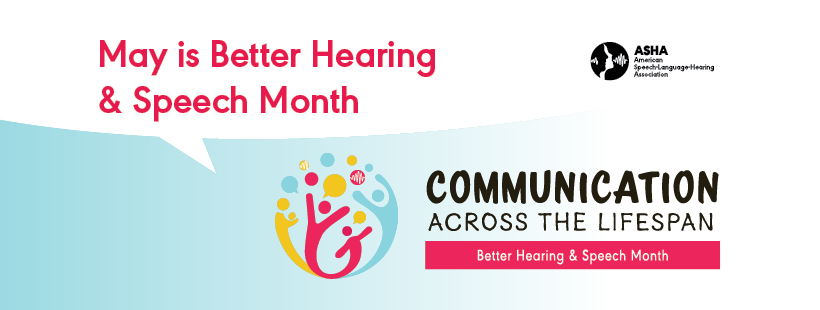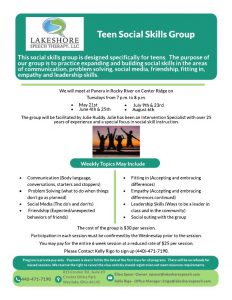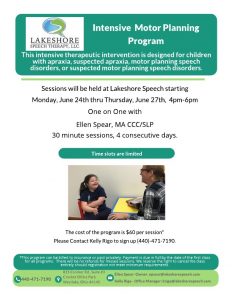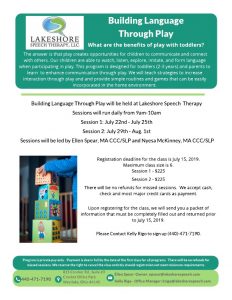The month of Better Speech and Hearing awareness is at its end. It is important to be aware of ‘typical’ speech-language development. Speech-Language Pathologists use the milestones of ‘typical’ speech-language development to develop effective treatment plans. As a caregiver, knowing typical speech-language development milestones provides the necessary information to start a conversation with your pediatrician there is concern for your loved ones development.
There are many resources available on the internet to help better understand speech-language developmental milestones as well as those ways to identify difficulties in speech-language skills in adults.
Speech-language development resources:
Birth to Five Years
- How Does Your Child Learn to Hear and Talk
- Identifying the Signs of Communication Disorders
- Warning Signs of Communication Disorders
- Social Communication
- Picky Eaters
- Hearing Loss – Infants
- Hearing Loss – Toddlers
School Age
- Speech and Language Development
- Social Skill Development
- Hearing Loss
- Feeding and Swallowing Disorders
- Getting Help in the Schools
Adult
Regardless of age, early detection and intervention are paramount for effective remediation. Do not hesitate to contact the therapists at Lakeshore Speech Therapy, LLC. if you have concerns or questions about a loved one. We are here to help.
Yours in Speech.
Lakeshore Speech Therapy, LLC.
















